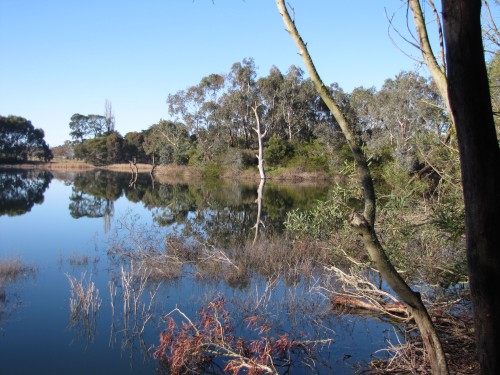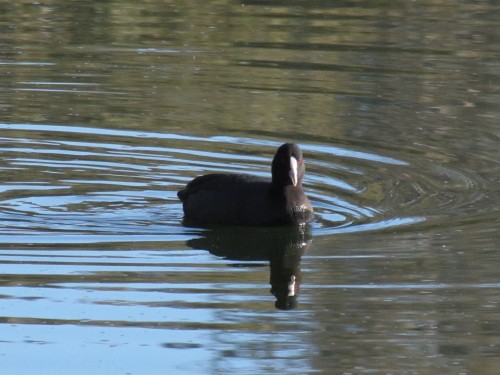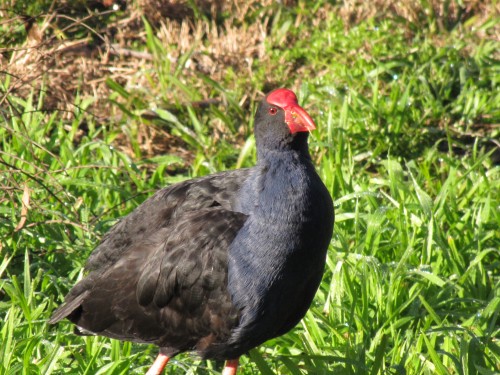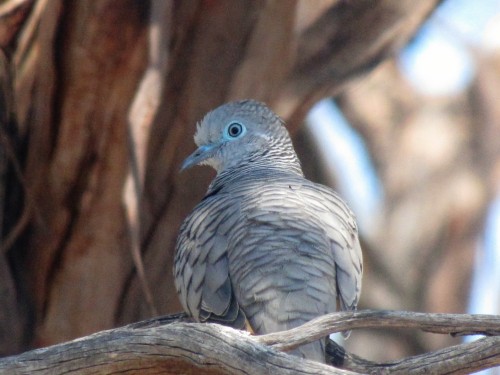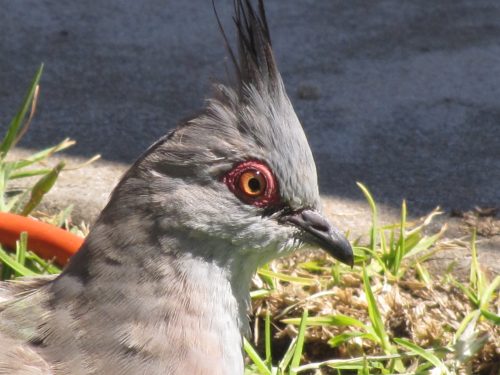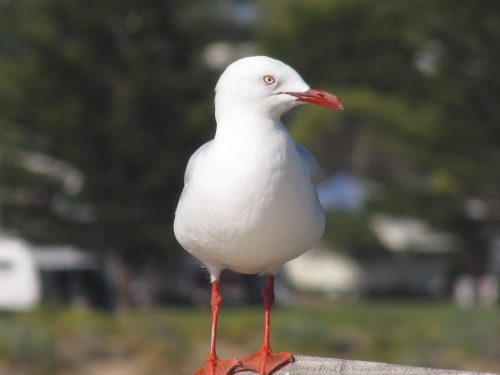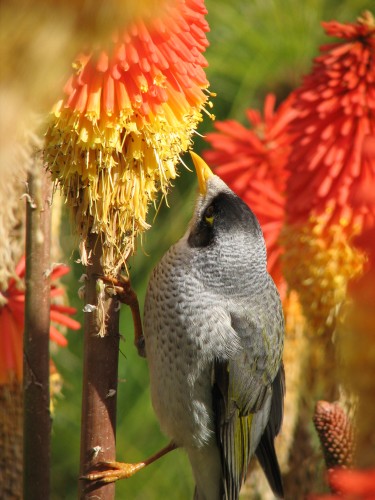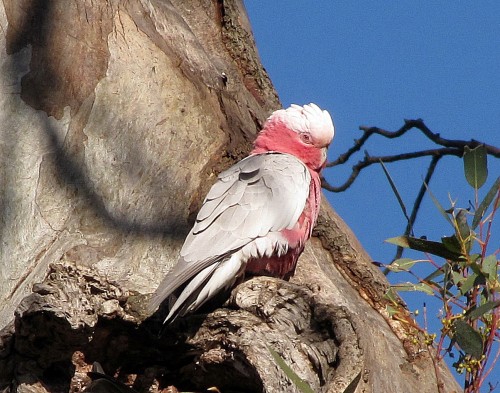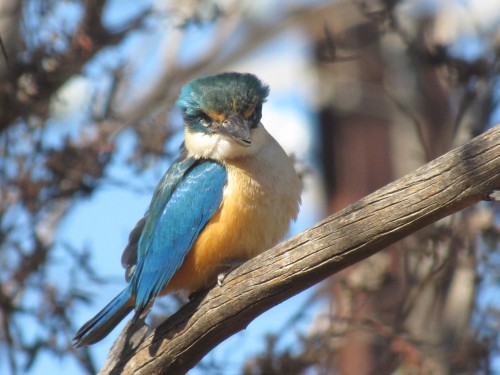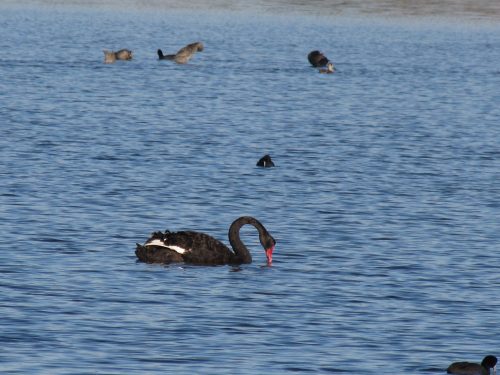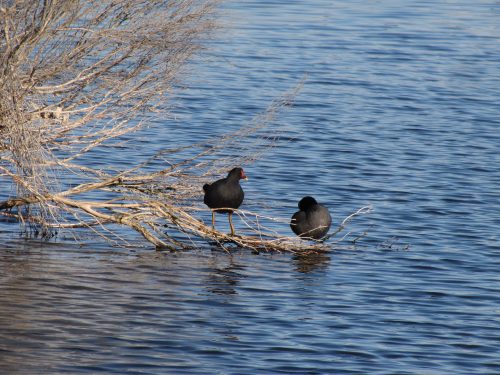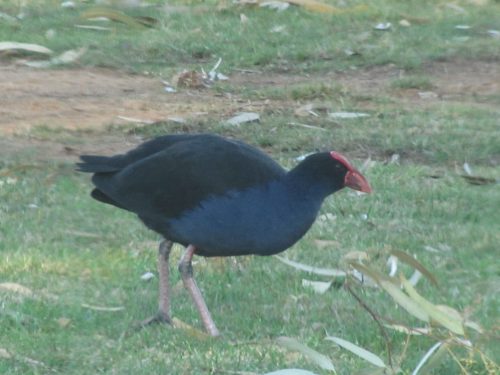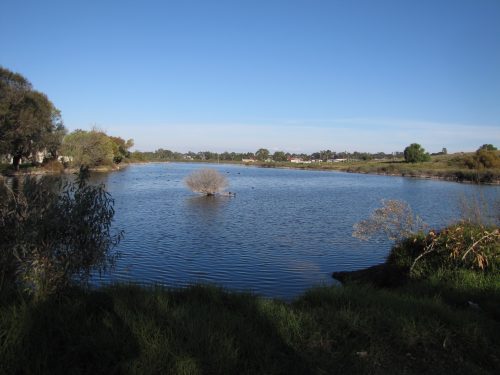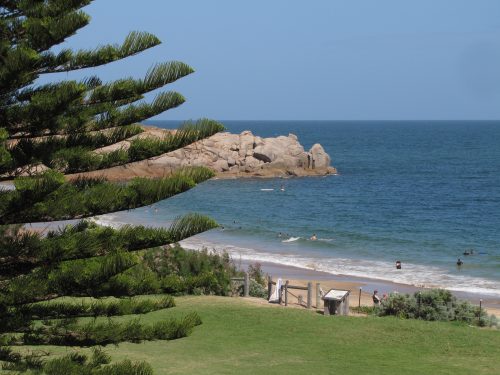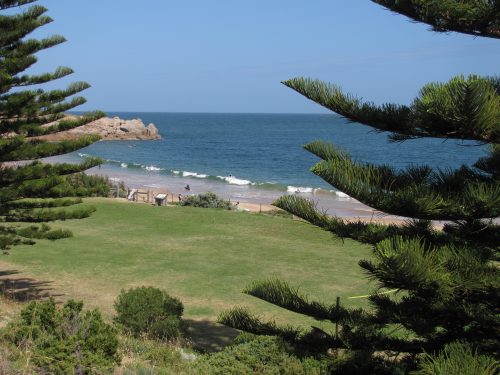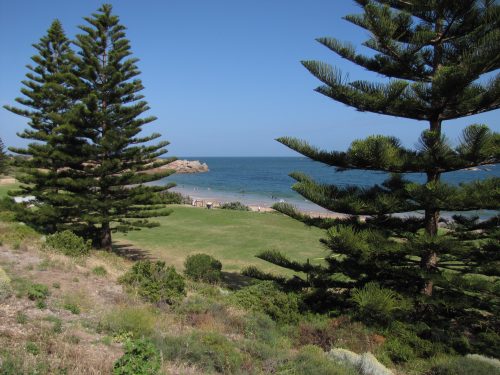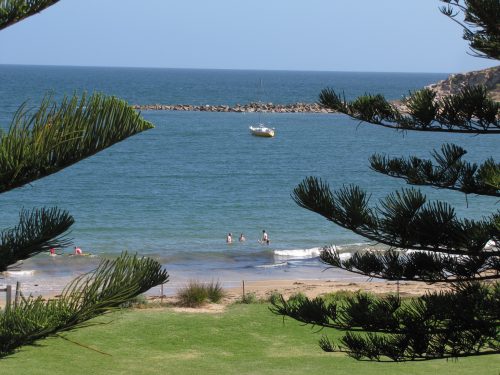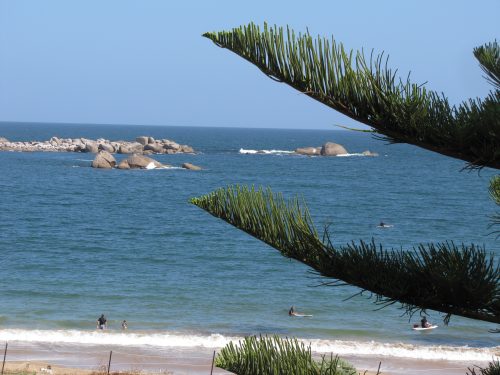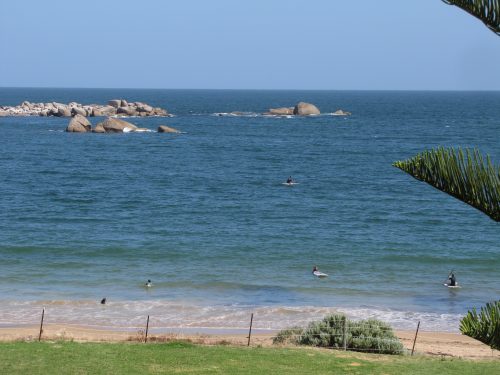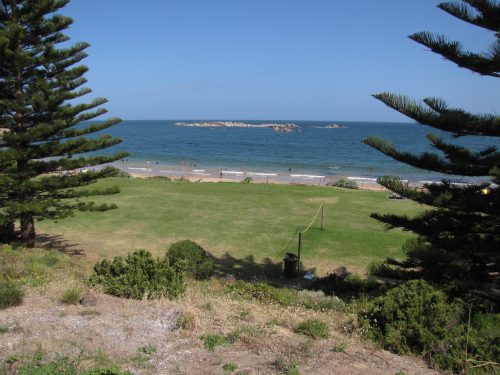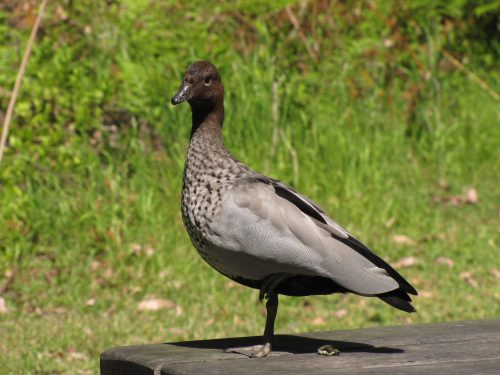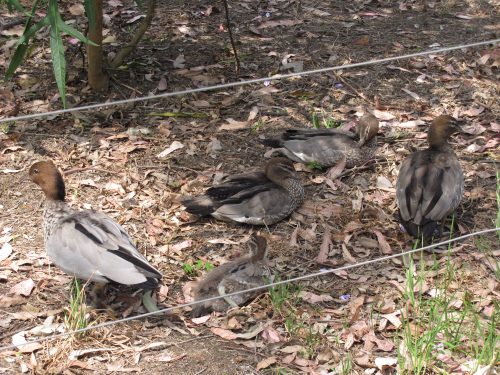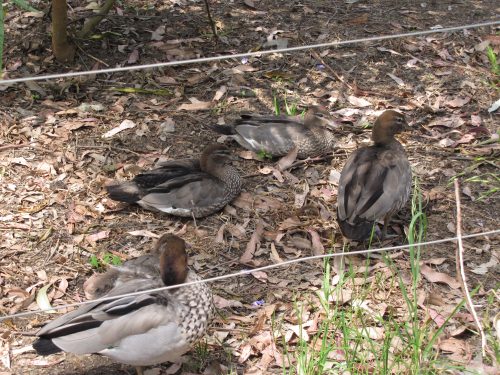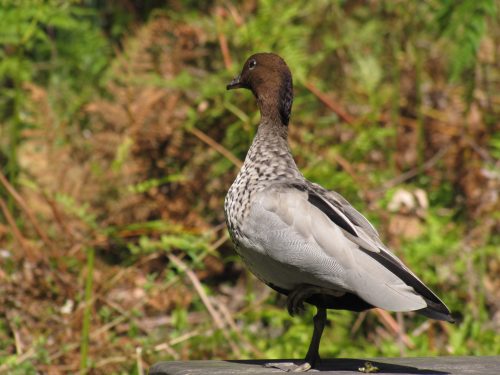Happy 12th Birthday to Trevor’s Birding
Happy Birthday!
Today marks the 12th anniversary of Trevor’s Birding.
It is hard to imagine that 12 years have passed since I started on this amazing journey. I had no idea at the time where it would take me.
Oh, the places I’ve been,
And the birds I have seen,
From the parrots and doves,
And the eagles above.
To ravens and crows
And finches in rows,
The lorikeets too
And kingfishers blue –
I’ve noted them all
Both big and so small.
My camera has taken
A wide range of birds,
Shown here on this blog
Along with my words.
Yes – I’ve been birding in many places on four continents and in seven countries: Australia, Thailand, Nepal, Ethiopia, Morocco, Spain and Malaysia. Many of the photos taken have been shared here on this site. I hope there will be many more in the years to come.
I have written over 1750 articles over those years and I am planning far more in the years to come. I have no idea how many photos I have taken, nor how many I have shared here on this site. I know that I have taken well over 10,000 photos on my camera. I estimate that I have probably shown about 4000 of them here.
On the strength of what I have written here and the photos I have shared, I have had many requests by various groups to be a guest speaker about birds. This is something I really enjoy and hope to do more of in the years to come.
Instead of writing about a particular bird today, I am going to finish this article by posting some of my favourite photos.
Enjoy.
Birding along the River Murray
A few weeks ago I participated in the Global Big Day. This was a special birding day held all over the world. Participants went out birding in their local patch. This could be your own garden, a nearby park, or a little further away. I decided to visit six of my favourite local birding sites, starting with my own garden. It was an interesting and relaxing afternoon. I visited several spots I had not been to in quite a while. Naturally, my camera came with me.
One of my birding sites was Sturt Reserve here in Murray Bridge, South Australia. This reserve, about five kilometres from my home, incorporates large grassed picnic areas along the River Murray. At this point, the river is quite wide and affords good views of quite a range of water birds, including ducks, coots, swamphens, cormorants, darters, pelicans and grebes.
The picnic areas have some old growth gum trees which are favoured spots for a range of parrots, cockatoos, honeyeaters and magpies. To the south of the reserve, there are several shallow lagoons. These generally fill up due to run-off from land nearby during rain. They would also be filled if the river ever flooded. There may even be a way for water to enter these lagoons directly from the river, but I am not aware if this actually happens.
These lagoons also attract a range of water birds. On my special day out birding, I saw Black Swans (see photo above).
As well as the swans I also recorded the following species:
- Pacific Black Ducks,
- Grey Teal,
- Pink-eared Ducks,
- Purple Swamphen
- Eurasian Coots
- Dusky Moorhen
- Black-winged Stilts
Please note that if you click on any of the above list of birds, it will take you to more articles and photos of those species.
Birds of Horseshoe Bay at Pt Elliot
Last week I wrote about a trip I took with my wife to celebrate our anniversary. We travelled from Murray Bridge to Victor Harbor which is just over an hour’s drive south-west from home. Along the way, we stopped at Milang, then at Goolwa, followed by an exploration of Hindmarsh Island, on to Pt Elliot and ended up having dinner at a favourite restaurant in Victor Harbor. While the day-trip was meant as a day out for relaxation, I had plenty of opportunities to do some casual birding wherever we stopped.
Pt Elliot is a lovely town of around 2000 population which swells in number during our long, hot summers. It is located on the south coast of the Fleurieu Peninsula and was established as a port in 1851. It boasts the reputation of having Australia’s first public railway line which extended from Goolwa. This railway line provided a means to carry cargo to and from the riverboat trade on the Murray River to seagoing ships. The mouth of the Murray River was considered too treacherous to navigate. The railway line is still in operation, though now it only carries tourists.
Pt Elliot has a delightful, and quite safe, little beach known as Horseshoe Bay. On our visit, it was very crowded despite the cool breeze. The local lawn bowls club is right next to the beach, and adjacent to the Flying Fish restaurant, known widely for its excellent seafood menu. The local caravan park just around the bay a little is very popular in the summer months.
The birdlife here is a mixture of land birds and coastal birds. Of the coastal birds, I was not able to identify many on this visit. On Pullen Island out in the bay, I could see hundreds of Silver Gulls and several Pacific Gulls. A small group of Little Pied Cormorants rested on the rocks while the occasional Whiskered Tern, Crested Tern or Caspian Tern flew overhead. On the islands, I am sure that there were a few terns as well, though my binoculars were not strong enough for me to be certain.
Away from the water, the Singing Honeyeater is a common bird of the coastal dunes and nearby bushes. Crested Pigeons can be seen throughout the town, often perched on rooftops or television antennae. Small flocks of Galahs and Little Corellas flew overhead. More frequently encountered are the Rainbow Lorikeets, either screeching as they fly low overhead, or noisily feeding on any flowering tree of bush in the gardens nearby. The lawns were attractive to the Australian Magpies, their keen eyes on the lookout for beetles, worms and other tasty morsels.
Further reading:
- Readers can go to further articles about some of the birds and places mentioned in the text by clicking on the links in blue.
Ducks in Lane Cove National Park
On our most recent trip to Sydney in October, we were primarily there to look after our two grandchildren (ages 8 and 5) during the school holidays. This is a very pleasant duty we enjoy several times a year. They are, however, very energetic children and so there comes a time during our stay when we look for opportunities to have some down time.
Thankfully, my son’s home is only a short drive to some very pleasant parks, including Lane Cove National Park, a mere ten-minute drive away – subject to traffic conditions, of course. On several occasions, we had a few hours to ourselves, so we packed the folding chairs, a picnic lunch, a thermos for a cuppa and some biscuits. I always remembered to take my binoculars and camera with as well.
At one point I noticed a small family of Australian Wood Ducks grazing on the grass near where we had our chairs located. I grabbed my camera and managed a few nice shots of them. At one point, the male of the group stood guard on one of the picnic tables (see photo at top). He was obviously keeping watch over his little family of three young ones.
Although the male was on guard, he didn’t seem all that perturbed that I had approached to within a few metres to take my photos. This national park is very popular, and there are hundreds of visitors daily and probably thousands every weekend, seeing it is so close to the well-populated Chatswood CBD. I have found other species equally unafraid of humans, including some Laughing Kookaburras who snatched some of my wife’s lunch the same day I took the photos on this post. (In a few days I will post an article, with photos of this incident.)
I should add here that this is the Australian Wood Duck, not to be confused with the Wood Duck, a north American species, and quite unrelated as far as I know.
The Australian Wood Duck is a common species found throughout much of Australia, except for the driest parts of the inland. It is usually found near waterways, lakes, swamps and dams, and in parks and ovals, but it also can be see grazing on grasses and pastures quite some distance from water.
Newsletter: just a reminder that I will be starting a monthly newsletter in the New Year. You can subscribe below the comments section at the bottom of each article.
Further reading:
